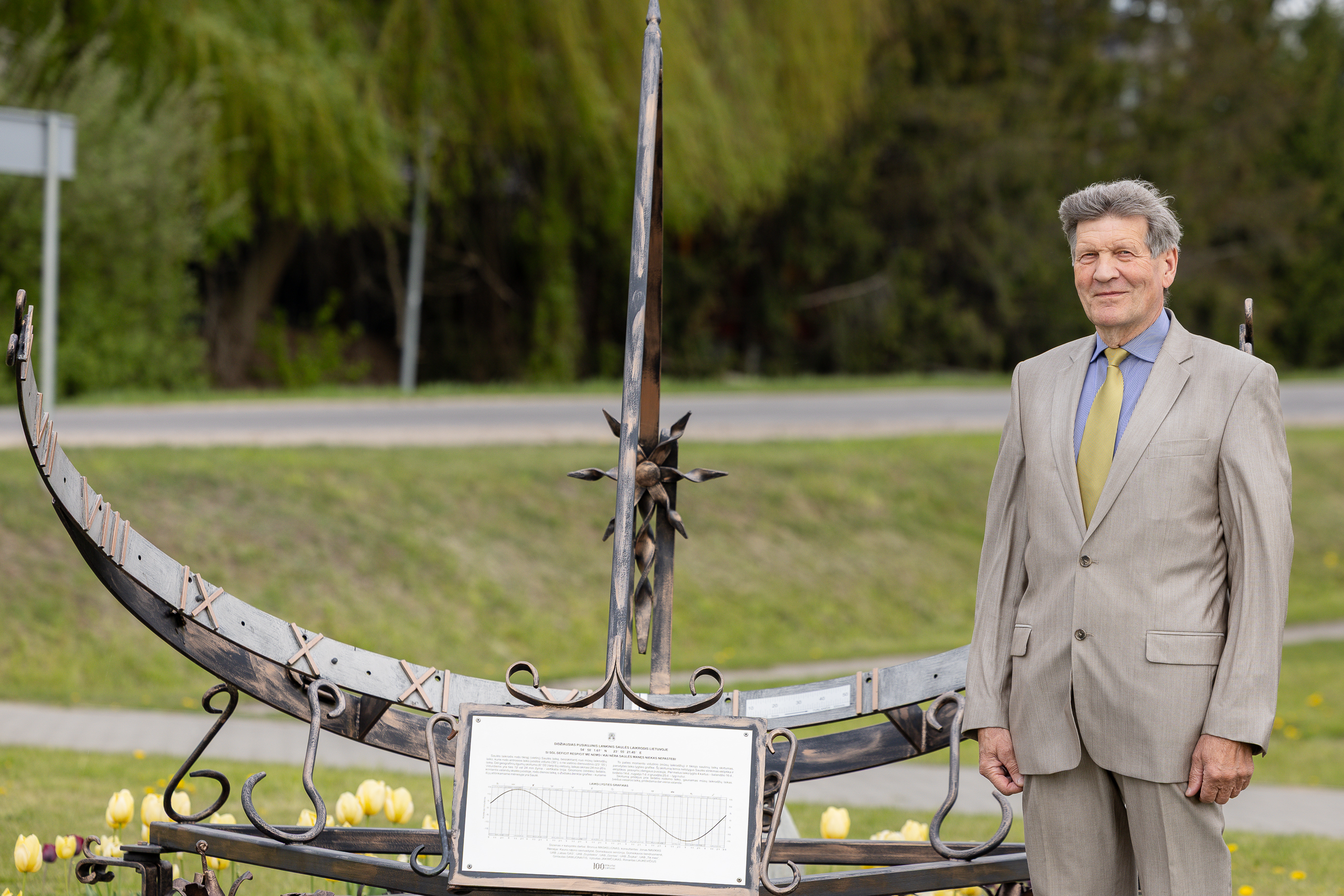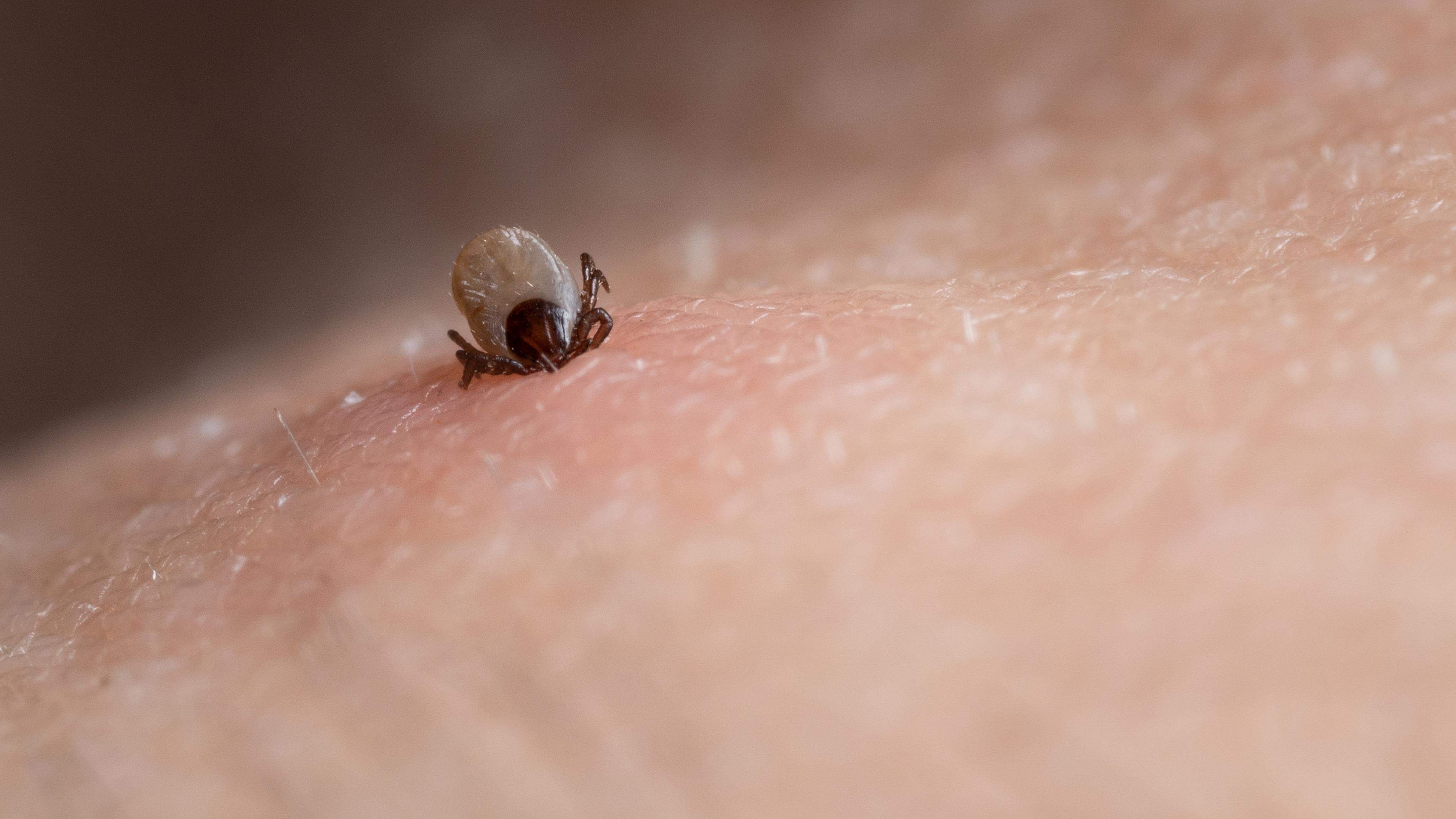This farmer wants to help the environment, but he does not dare to replace the floor of his stable yet
:format(webp)/s3/static.nrc.nl/wp-content/uploads/2025/04/16162013/data130953405-547d3b.jpg)
The pooping of the cows sounds popping, their pee splashing and the robot that sweeps it all in the manure cellar, muks softly in the stable of Maurice and Ankie van Erp, right on the Maas in Maren-Kessel, Noord-Brabant. That pee and shit together contain ammonia, a nitrogen connection that can be harmful to the environment. « You don’t get a cow clean, it just does it. And we try to do everything we can to reduce nitrogen emissions, while we can still earn a sandwich with our company, » says farmer Maurice van Erp in his stable.
A group of dairy farmers have been trying to be ahead of the legal (environmental) standards of the government for 25 years. They consult with the government what rules will come so that they can already work there. Is there policy to run less manure on the land? Then they will probably look for alternatives. Should biodiversity be done, such as meadow bird management? They go to work on their fields. And does the government want less nitrogen to be emitted to protect nature? Then they will search for ways to make that succeed.
The farmers participate in a project with the comic bookworthy name ‘Cows and Opportunities’, which is led by the Wageningen University & Research (WUR) and paid by the Ministry of Agriculture and the Milk Fenders itself. Every year it costs around eight tons, almost half of the money comes from the ministry, that wants to know whether intended measures do work in practice. « We are positive, do not complain and are looking for solutions that can work on a normally functioning farm, » says researcher Michel de Haan of the university, who has been leading the project for fifteen years.
Every year the farmers and the university goals meet. This year these are: reducing greenhouse gases, improve water quality around the company and screw down the ammonia emissions, so that nature is loaded with less nitrogen. The farmers who participate receive a consultant who watches what measures can work on their company, and they take very detailed measurements. At the moment, sixteen companies are participating, a number that since the beginning sometimes fluctuates slightly through changes 25 years ago.
We are positive, do not complain and are looking for solutions that can work on a normally functioning farm
The ultimate optimists, you could call these farmers. But they too feel a deep uncertainty about their future. There must be less nitrogen on nature in the Netherlands – various judicial judgments do not have any misunderstanding about this. But how? That has been the question for years. The fact that the cabinet fallen this week hardly made any concrete decisions only made that worse. Now that the cabinet has fallen, the uncertainty is completely great. Farmers organizations responded on Tuesday with dismay and furious to the cabinet trap, which inevitably results in new delays and possibly downtime.
Maurice van Erp: « That there is clarity at all at all is much more important to me than the measures themselves. We want to get started, to be able to work somewhere. Now we are standing still. »
1.5 million kilograms of milk
Fifty -year -old Maurice van Erp grew up on this farm. In 1977 his parents from Geffen – a few kilometers away – moved to the polder, where a number of new farms were placed at the time. « Your parents emigrated to six kilometers away, » says the equally old Ankie laughing. This is how it felt: the small mixed company was exchanged for keeping dairy cattle on a much larger scale. Few people understood it at the time: what do you do in the polder there? But especially his father loved to renew and did it anyway.
There are now 155 dairy cows, which deliver 1.5 million kilograms of milk per year, and 70 pieces of young cattle. One of the three stables is 50 years old. Van Erp points to the floor: « Those grilles that the manure goes through are still the first. They are worn out and to replace. Seven years ago we wanted to do that. But then the province of Brabant said that the stables had to be low in emission. But we are afraid that the rules will change again, so we will not dare to replace that floor. » According to De Boer, that floor alone can cost 50,000 euros. If he wants to completely separate urine and manure (then you get less ammonia), then there must be an extra stable for storage and the costs can amount to 2.5 tons. « You don’t just earn that back, because the cow no longer produces liter of milk, » he says.
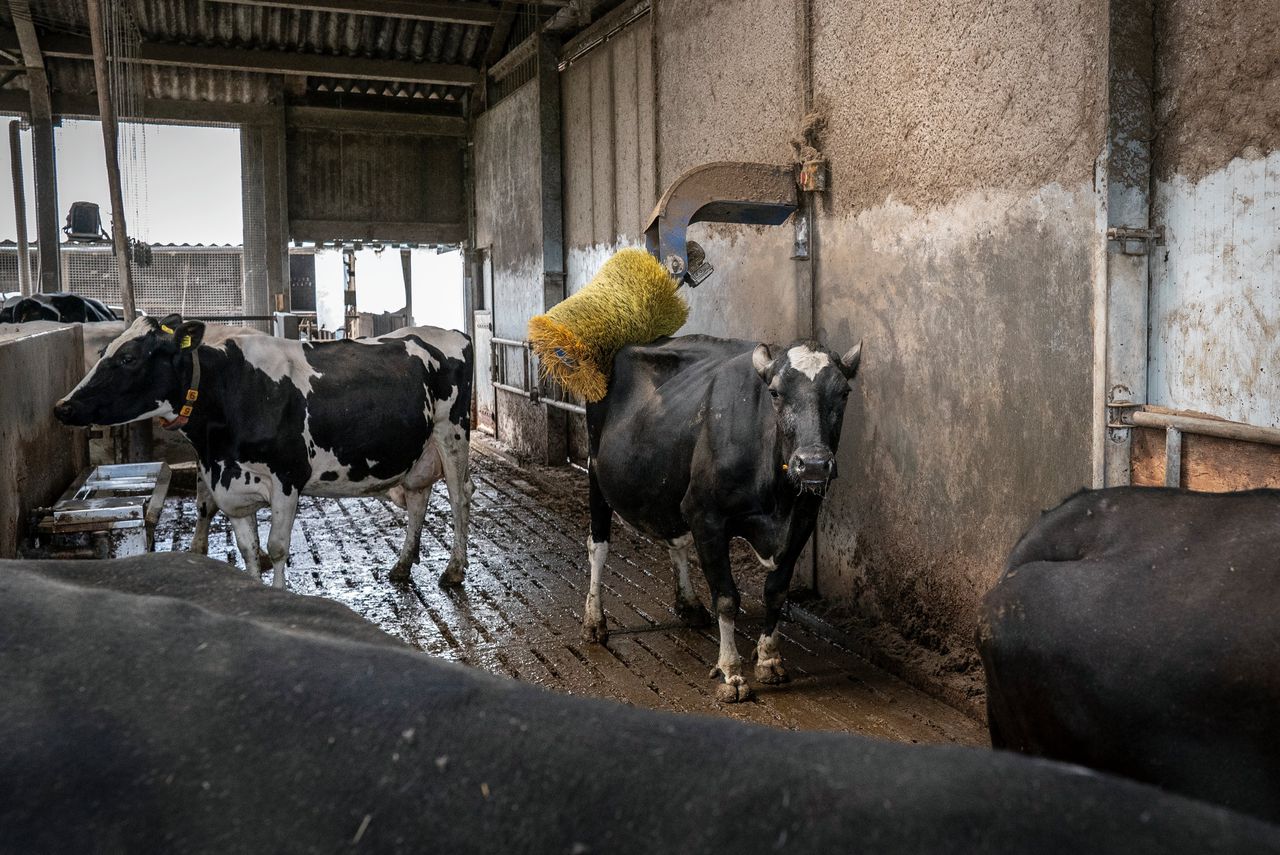
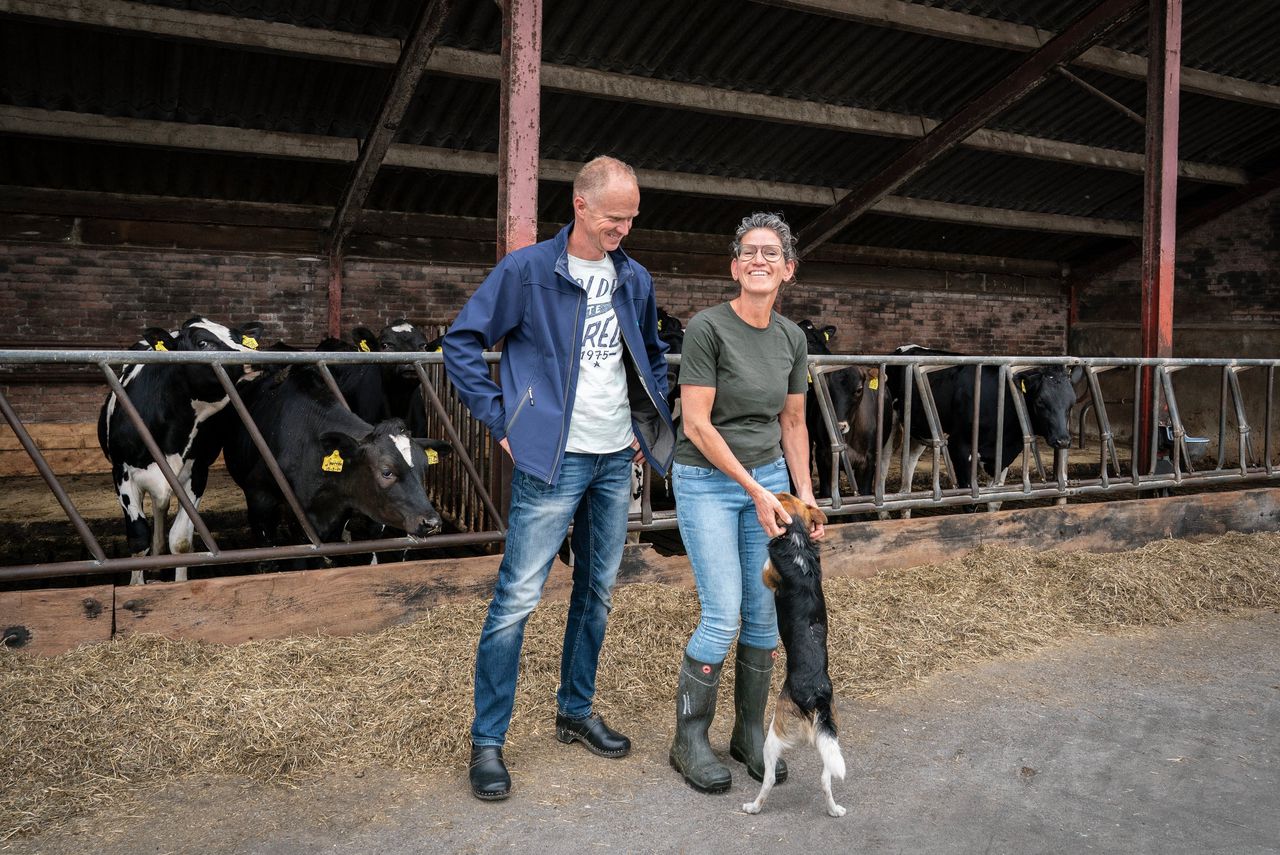
Photos John van Hamond
It is clear: according to the permit, the cows of Van Erp emit 13 kilos of ammonia per animal, the standard value. That has to go to 6 from the province. Via cows and opportunities, Van Erp is now looking for other measures to bridge that difference. He walks through the stables with Ankie, while they tell what they can do. Keep less young cattle, for example. Those animals also emit ammonia, but they don’t give milk for the first two years. ‘Old’ cows sometimes require a little more care, but they have found that they still give enough milk if they are seven to eight years before they leave the company.
With a model of cows and opportunities, Maurice and Ankie could calculate for their company how much phosphate and nitrogen they produced through the manure. Then they discovered that the nitrogen and phosphate emissions of their farm were much lower than average.
The test was stopped (…) Superjammer, because here you saw what work well in practice
As a result, as part of the project they were allowed to get more manure on the land. So much that they exceeded European standards and the Dutch exceptions. Because: too much nitrogen emissions. But at the same time they used much less fertilizer and the calculations of Wageningen University proven that they as a company eventually emitted a lot less nitrogen. Maurice van Erp: « So worked fine, but the test stopped because the ministry is afraid that the judge will eventually whistle them back because of the European rules. Superjammer, because here you saw something working well in practice. »
Nitrogen ‘catch’
In his Wageningen office, project leader Michel de Haan shows a slide about corn. If that is harvested, nitrogen remains on the undeveloped ‘black soil’. In the event of rain, that may wash away to the groundwater. That is bad for the environment. But during a cows and opportunities test, farmers discovered that you can ‘catch’ the nitrogen by putting grass on the land after the corn harvest instead of nothing. As a result, the nitrogen remains ‘hanging’ in the grass and the next crop is helped with growing – that is the advantage of nitrogen. Farmers have to use less fertilizer. Michel de Haan: « That is really a discovery in which the farmer and the environment both win. »
But De Haan also sees that it can be difficult to achieve really big changes. On the one hand, according to him, the ministry is very curious about the elaboration of policy in practice. On the other hand, the budget of cows and opportunities – that the current cabinet has also reduced something – is too small to really be able to demonstrate what works well. In this way, the Boeren Cabinet wants to give more responsibility. They must (partly) think for themselves how they achieve legal goals for nitrogen, greenhouse gases and water quality. In exchange for good results – in any way – they could be rewarded.
De Haan: « This is actually exactly what we do with this project. We are working with our farmers on those goals. But we cannot give them a reward, so we are inhibited. The farmers who are going to do not implement measures that cost a lot of money, if they do not know if it pays for the long term. As a result, the knowledge remains about how measures often work, while testing in practice. »
In the office overlooking the stable, Maurice and Ankie van Erp are joining the mugs (‘proud to be a farmer’ is on it). They are still working on all kinds of measures. The most important thing is that they give the animals less protein -rich feed. This ensures less nitrogen in the manure. But how much less? Measuring equipment costs a power – there is no money, that is also too expensive for cows and opportunities.
They have three daughters and lately they are increasingly thinking about the future. Their youngest of sixteen years may want to take over the farm, but it is still too early for that decision. So come the questions: invest? Sell things? Where do they get their retirement? Ankie: « You are not yet done with farmers, that is certain. You continue to try everything to create a good company that meets all the rules. » Maurice: « A farmer is very creative, isn’t it. He knows what he is doing. But he must know where to go. »
Read also
The chicken farmer does his work legally but must come to court as a peak call: ‘I slept very badly’
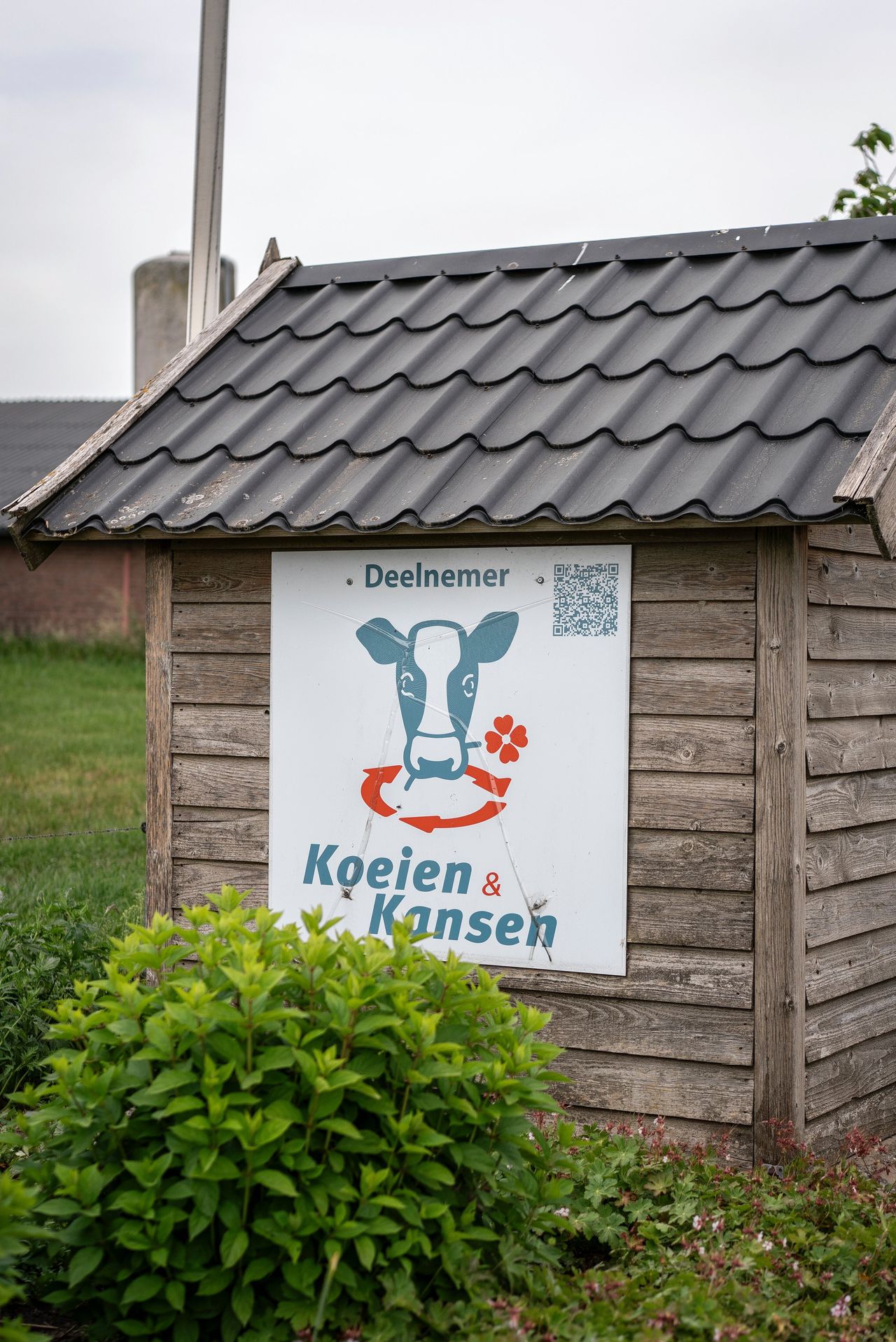

:format(webp)/s3/static.nrc.nl/images/gn4/stripped/data133260667-a80a4d.jpg)
:format(jpeg):fill(f8f8f8,true)/s3/static.nrc.nl/bvhw/wp-content/blogs.dir/114/files/2019/10/trujilo5bij3.png)
:format(jpeg):fill(f8f8f8,true)/s3/static.nrc.nl/taxonomy/bf9b707-commentaar-itemafbeelding-2024.png)

